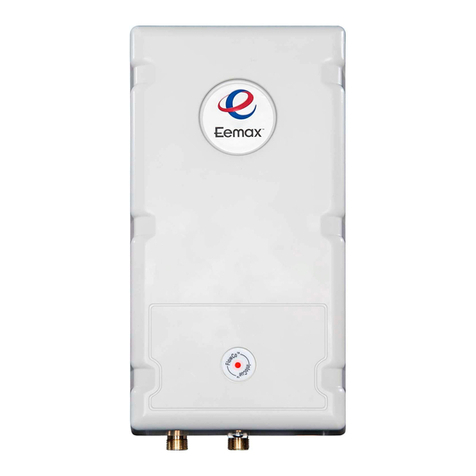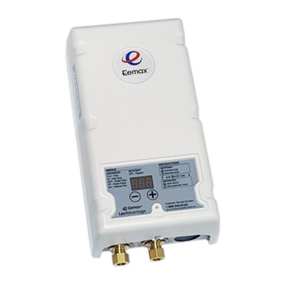EemaX EX380T2T2 User manual











This manual suits for next models
1
Table of contents
Other EemaX Water Heater manuals

EemaX
EemaX ProAdvantage PA004120T User manual

EemaX
EemaX EX320T3 User manual
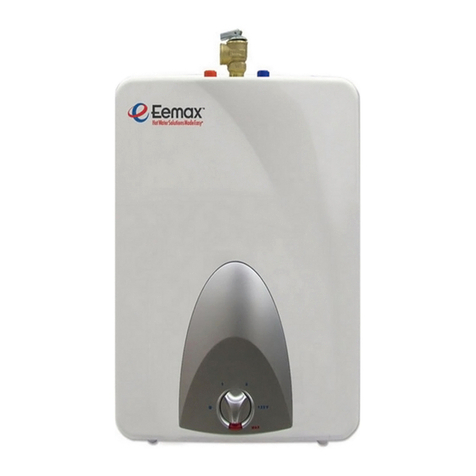
EemaX
EemaX EMT1 Supplement
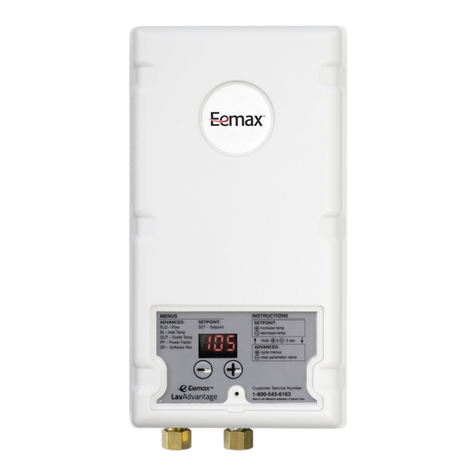
EemaX
EemaX LavAdvantage SPEX1812T User manual

EemaX
EemaX HA008240 Service manual
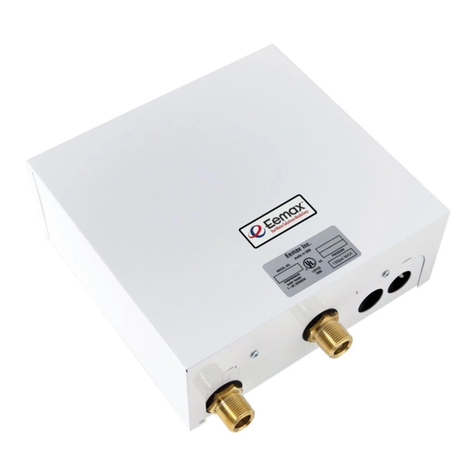
EemaX
EemaX TWO Series User manual
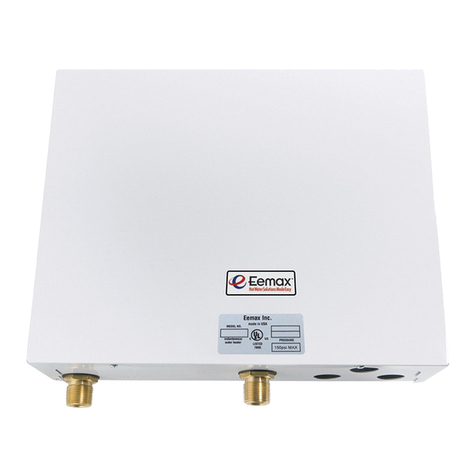
EemaX
EemaX EX280T2T User manual
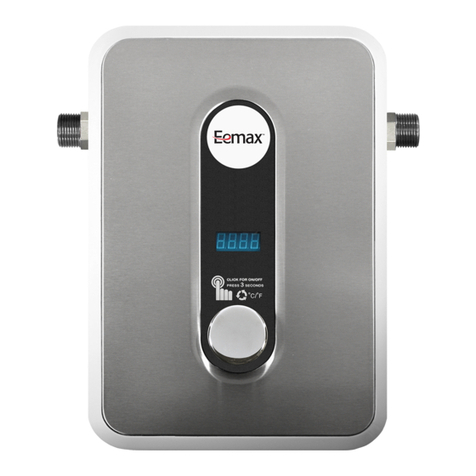
EemaX
EemaX HA008240 User manual
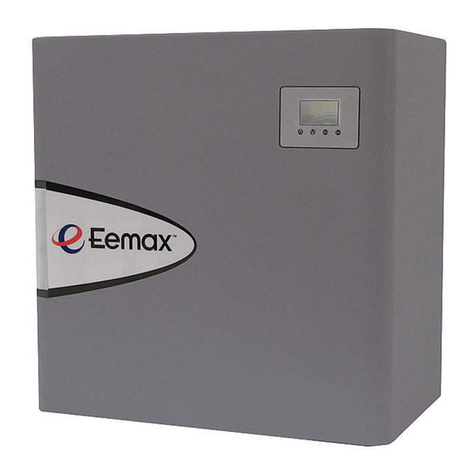
EemaX
EemaX AP032208 Quick start guide
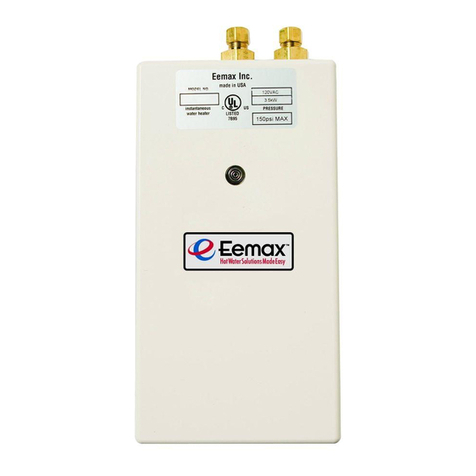
EemaX
EemaX SP2412 User manual
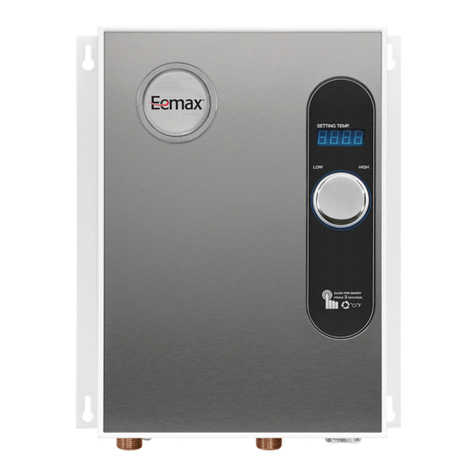
EemaX
EemaX HA018240 User manual

EemaX
EemaX EX190 TC User manual
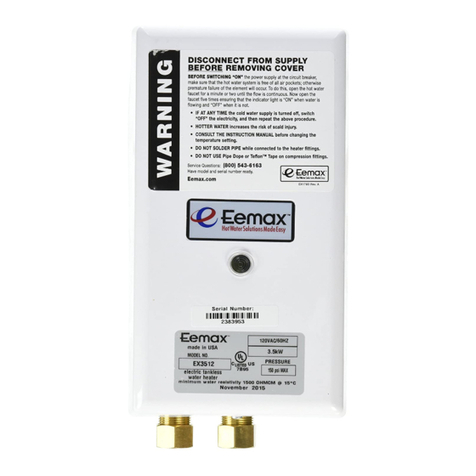
EemaX
EemaX EX3512 User manual
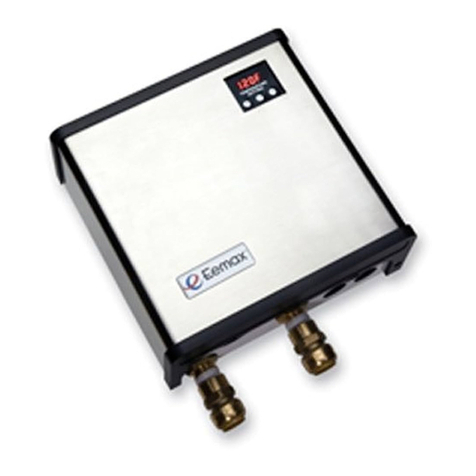
EemaX
EemaX SS015240TC User manual
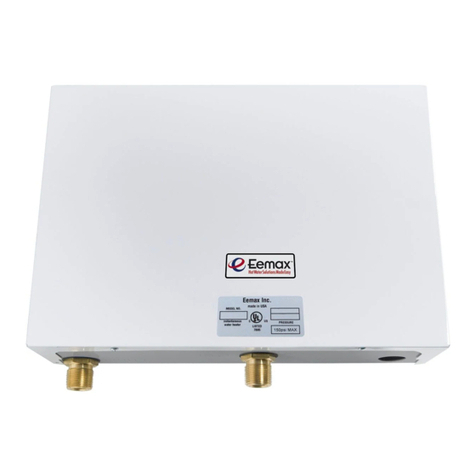
EemaX
EemaX Series THREE Installation instructions
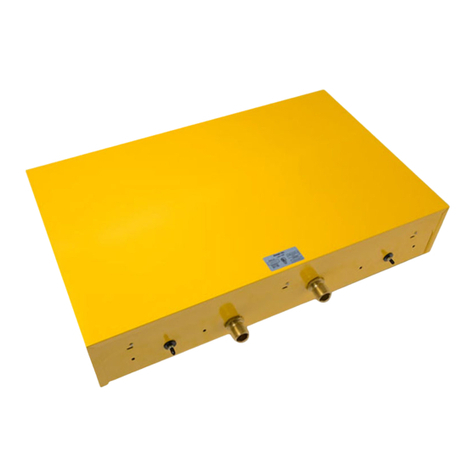
EemaX
EemaX EX1080T12 User manual
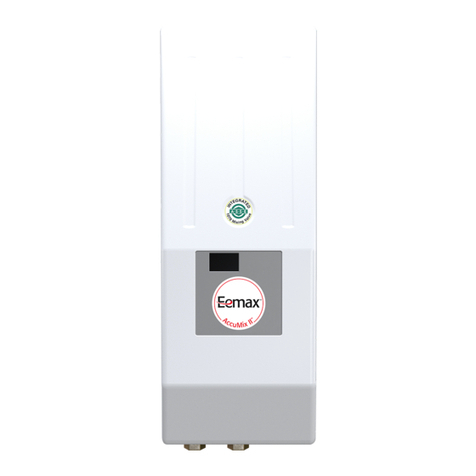
EemaX
EemaX AccuMix II User manual
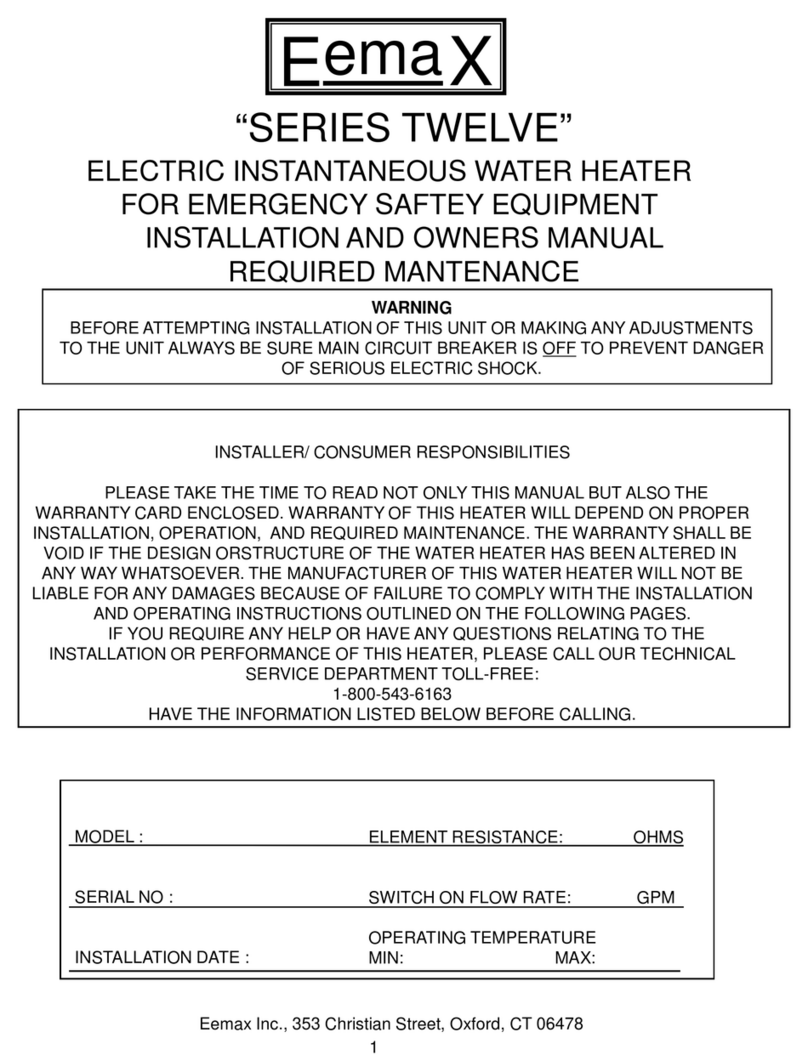
EemaX
EemaX Series Twelve Installation instructions

EemaX
EemaX HA008240 User manual
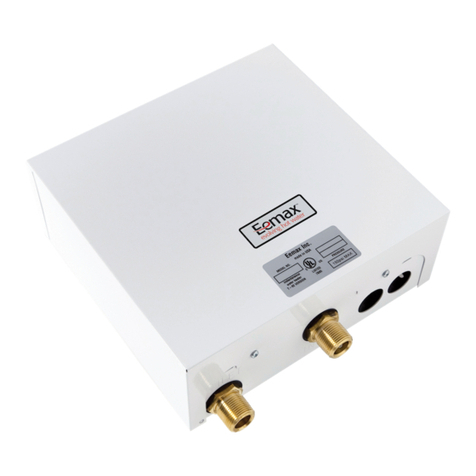
EemaX
EemaX EX190 TC User manual
Popular Water Heater manuals by other brands
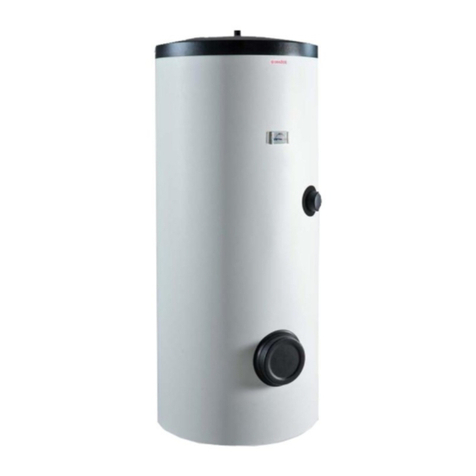
Drazice
Drazice OKC 250 NTR/HP Operating and installation instruction manual
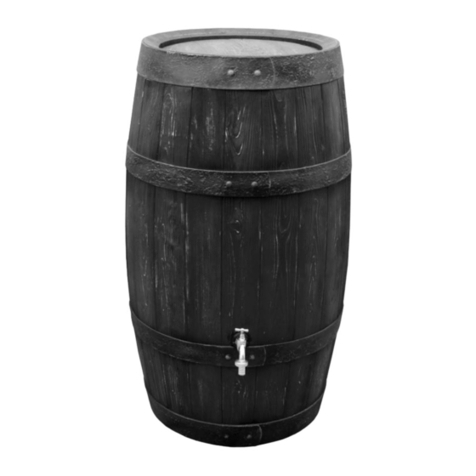
3P Technik
3P Technik 3P Barrique instruction sheet
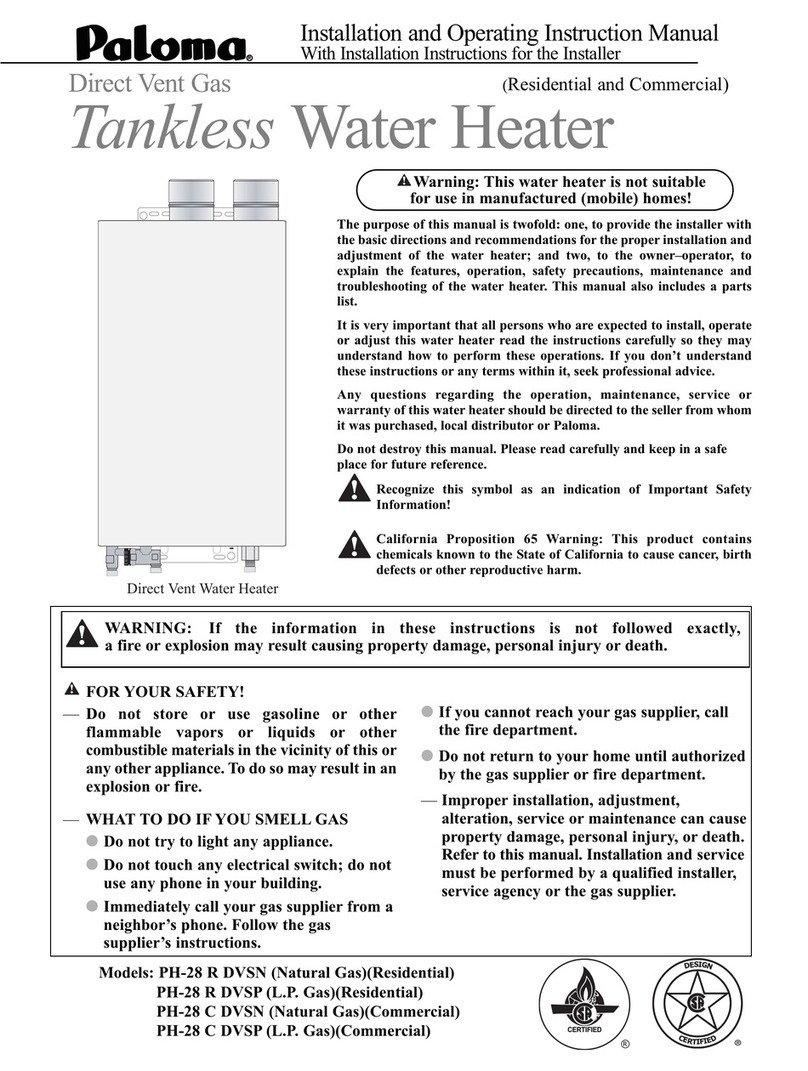
Poloma
Poloma PH-28 C DVSN Installation and operating instruction manual
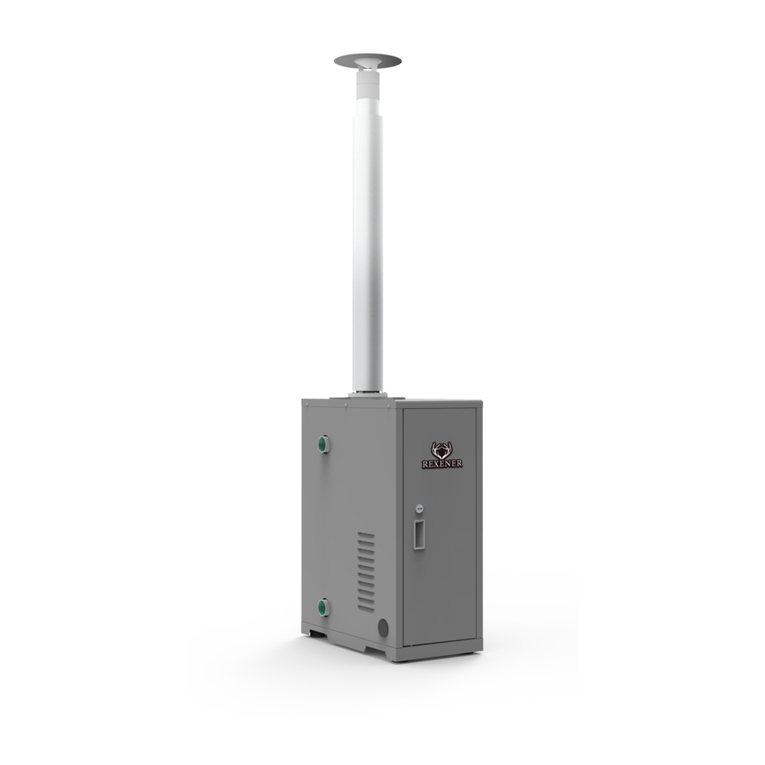
REXENER
REXENER PR-200 user manual

Nibe
Nibe UKV 100 installation instructions

Ariston
Ariston BOOSTER user guide
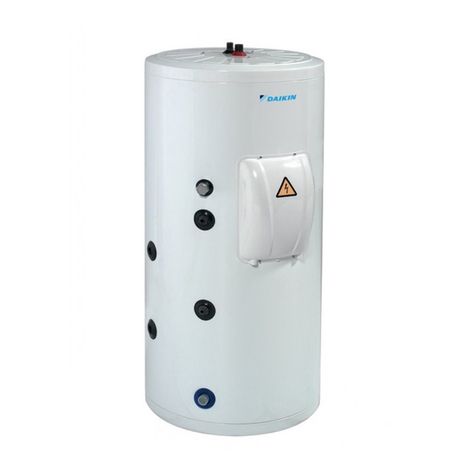
Daikin
Daikin Altherma EKHWE150A3V3 installation manual

COTSWOLD
COTSWOLD DAIRY WATER HEATER instructions
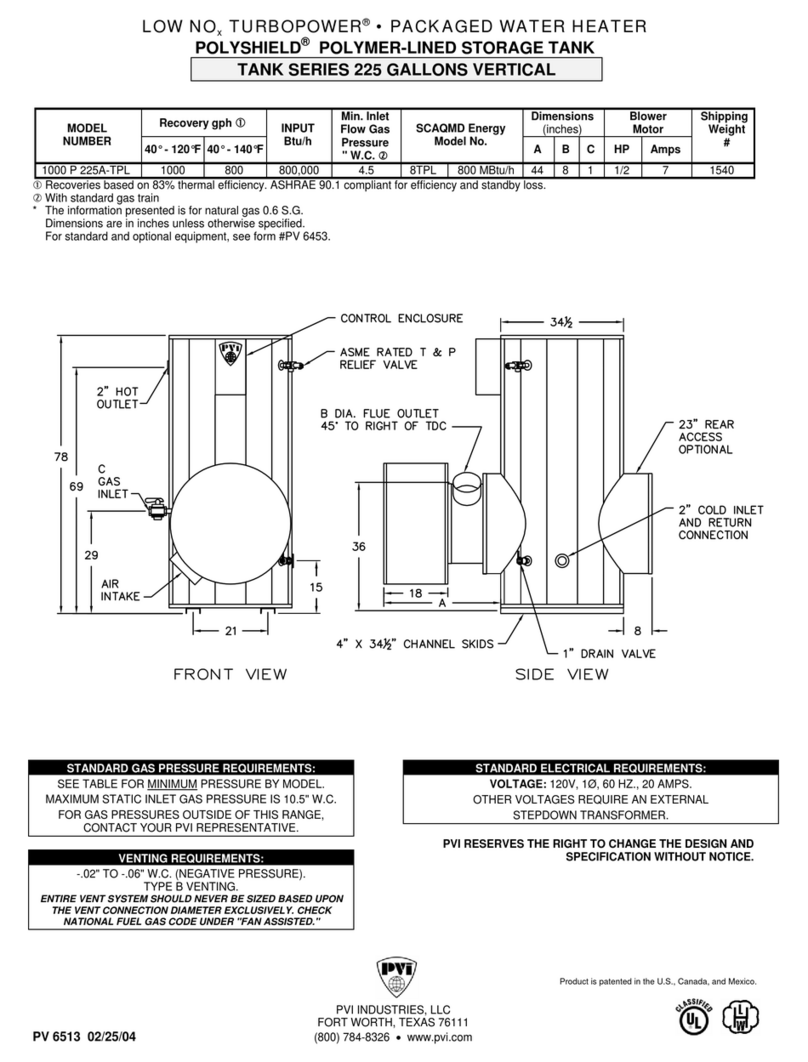
PVI Industries
PVI Industries TURBOPOWER 1000 P 225A-TPL specification

A.O. Smith
A.O. Smith GCV300 Service handbook
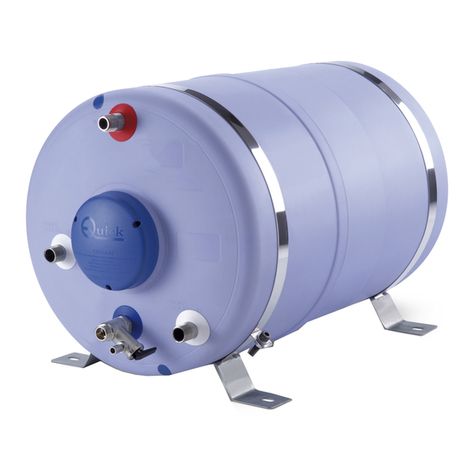
Quick
Quick B3 user manual
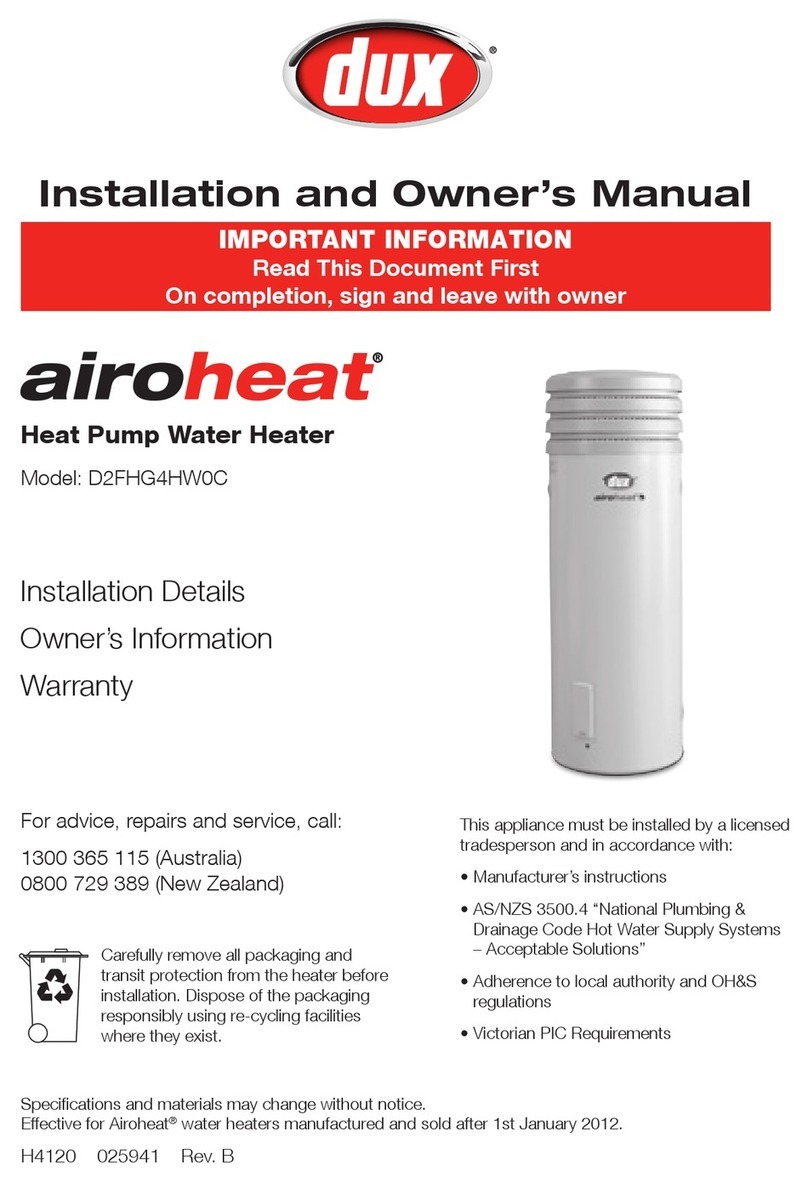
Radiant
Radiant airoheat D2FHG4HW0C Installation and owner's manual

Eldom
Eldom 72280FW Installation, operation & maintenance manual
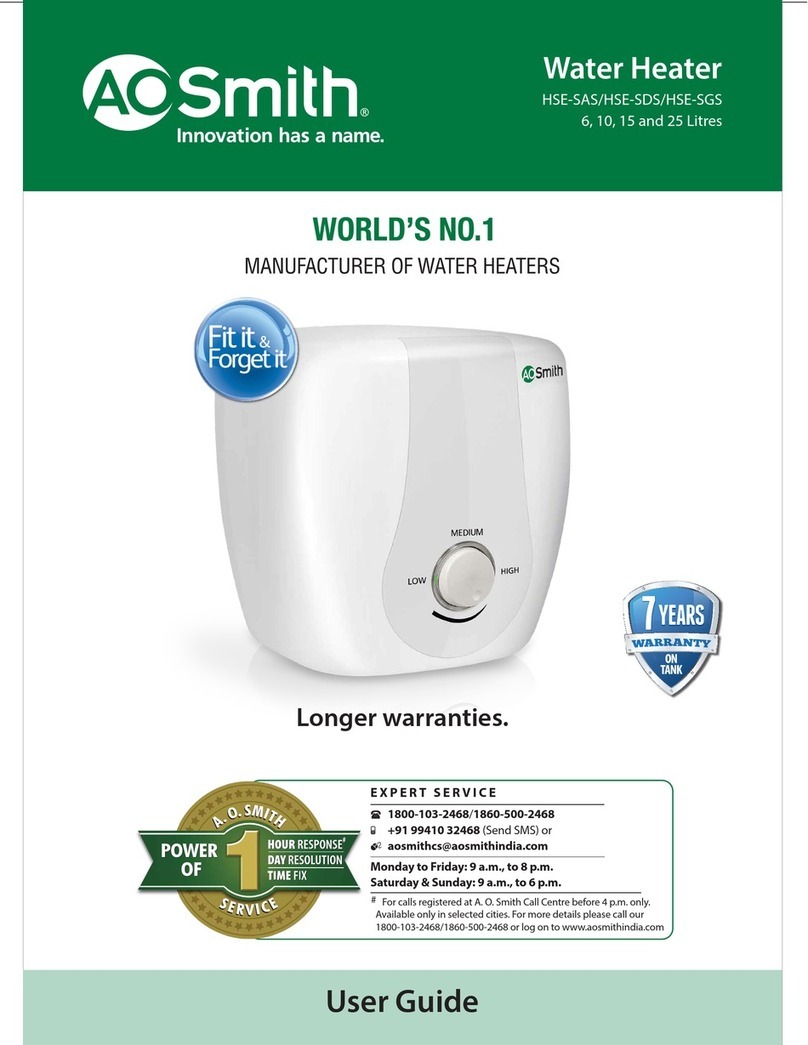
A.O. Smith
A.O. Smith HSE-SAS user guide
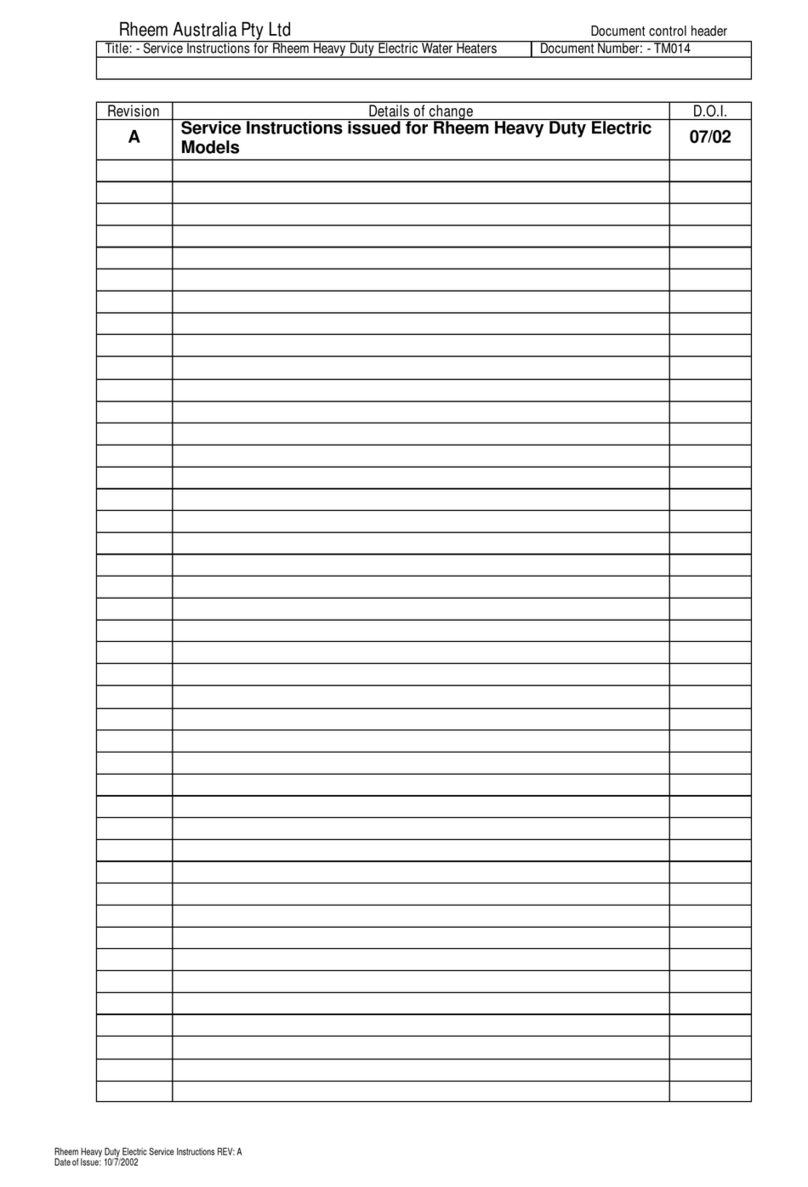
Rheem
Rheem 613050 Service instructions
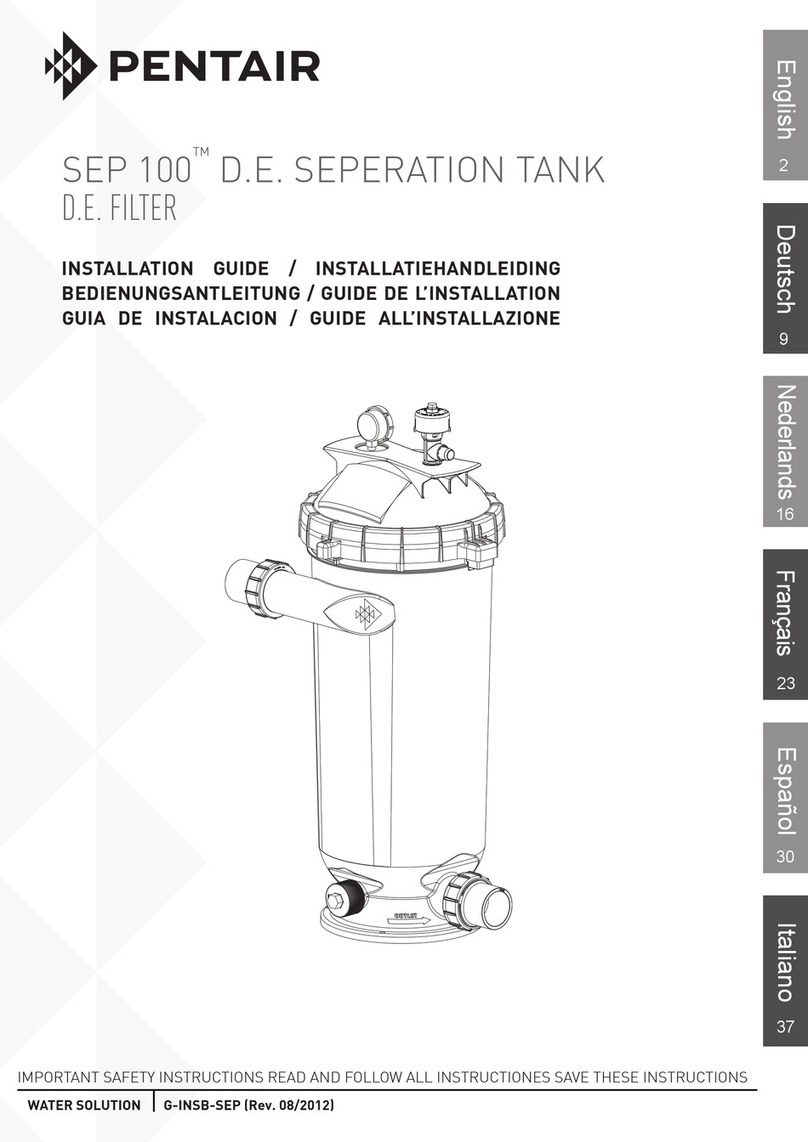
Pentair
Pentair SEP 100 installation guide
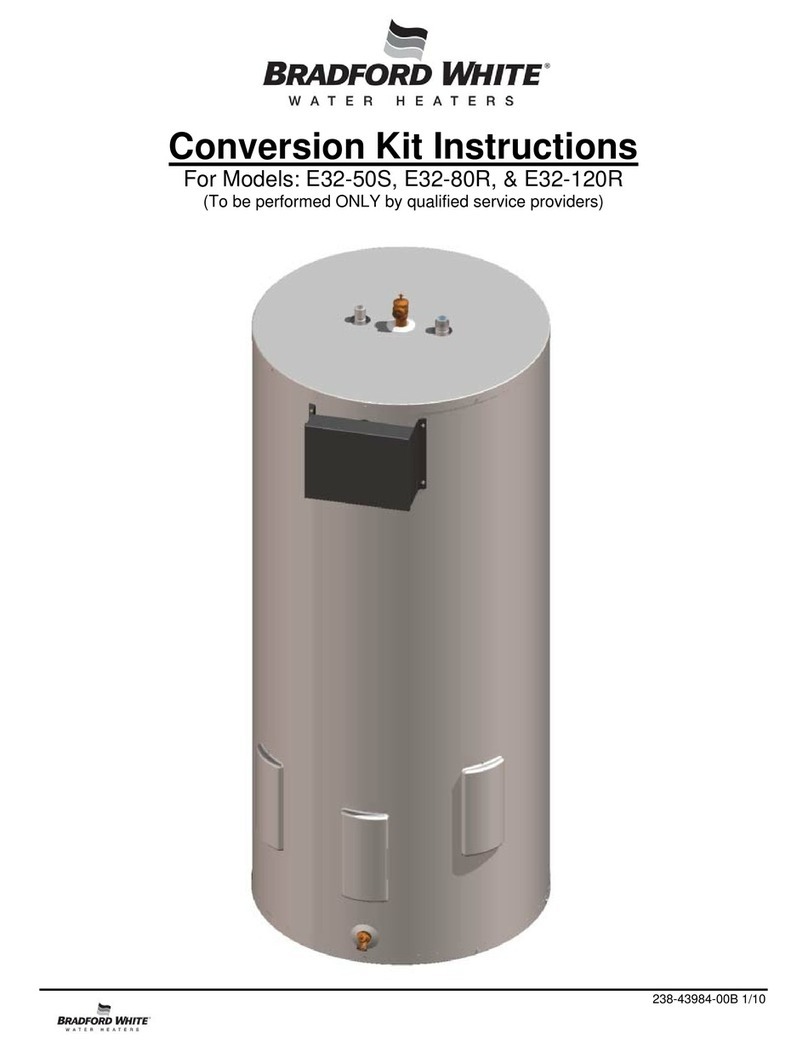
Bradford White
Bradford White E32-120R user manual
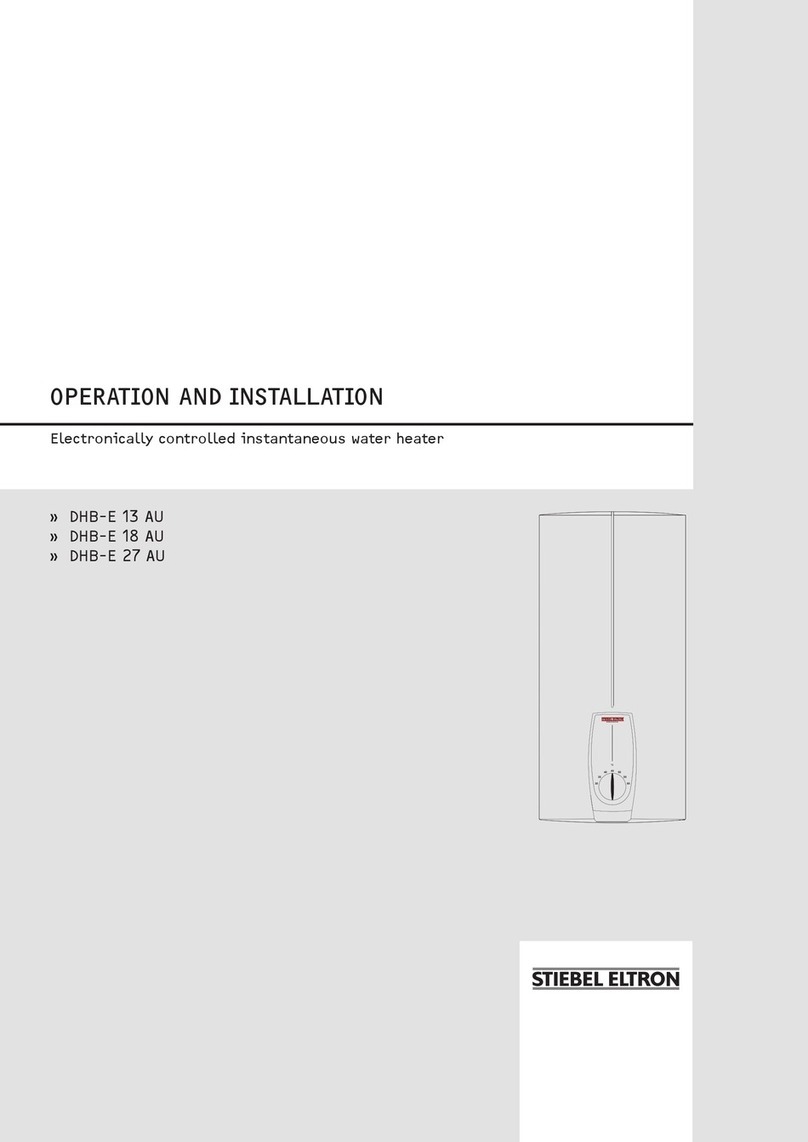
STIEBEL ELTRON
STIEBEL ELTRON DHB-E 13 AU Operation and installation guide


